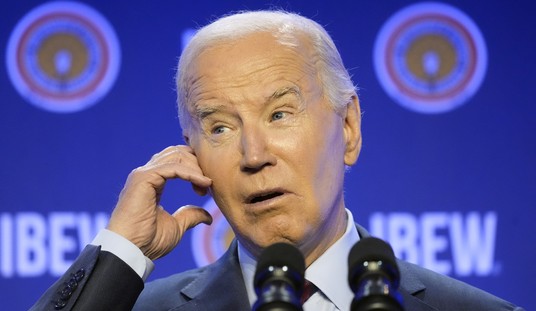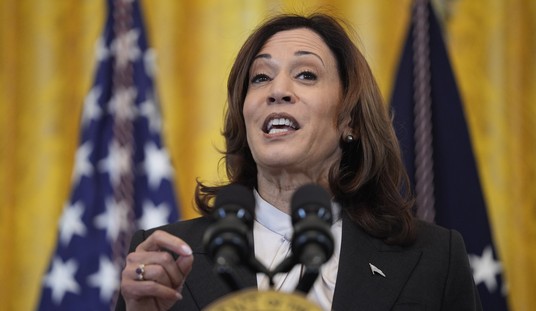When Joe Biden entered the Oval Office in January 2021, he inherited an economy in the midst of a robust post-pandemic recovery, with the inflation rate at 1.4 percent and the average price for a gallon of regular gasoline at $2.24.
However, in the span of only 15 months, the Biden administration has unleashed a series of policies that has resulted in the highest rate of inflation in more than 40 years along with sky-high prices at the pump, which has many economists worried a recession could come soon.
On April 12, the Bureau of Labor Statistics issued its latest Consumer Price Index (CPI) report, which showed prices spiked “8.5 percent for the 12 months ending March, the largest 12-month increase since the period ending December 1981.”
Among the lowlights: “The all items less food and energy index rose 6.5 percent, the largest 12-month change since the period ending August 1982. The energy index rose 32.0 percent over the last year, and the food index increased 8.8 percent, the largest 12-month increase since the period ending May 1981.”
In other words, across the board, Americans are paying higher prices for the staple items they cannot live without. Even worse, these staggering price hikes are far outpacing wage gains, leaving the vast majority of Americans worse off in terms of their real living standards.
Recommended
So, what is driving the out-of-control inflation and exorbitant prices at the pump? Well, the Biden administration would like for you to believe that it is all due to Vladimir Putin’s invasion of Ukraine.
For instance, on March 31, Biden declared, “Americans face rising prices at the pump because of Putin’s Price Hike.”
However, Biden failed to mention that his anti-energy policies, not Putin’s invasion of Ukraine, laid the groundwork for the worst inflation Americans have faced in four decades.
First, Biden made it abundantly clear during his 2020 presidential campaign that he intended to curtail domestic fossil fuel production. In fact, he even admitted, “We are going to get rid of fossil fuels,” while on the campaign stump in February 2020.
Second, as soon as Biden entered the Oval Office, he immediately began fulfilling his campaign promises to stifle U.S. energy production. For example, on day one, he canceled the Keystone XL pipeline, which would have transported 900,000 barrels of oil from Canada to U.S. refineries in Texas and Louisiana.
Third, after Biden canceled the Keystone XL pipeline, he issued several executive actions to further handicap U.S. energy production by banning new leases for oil and natural gas on federal lands, blocking drilling in the oil-rich ANWR, increasing EPA methane emission regulations, hiking the social cost of carbon tax, and making it more difficult to invest in fossil-fuel operations via the administration’s support of Environmental, Social, and Governance (ESG) metrics.
Because of Biden’s war on American energy production, the United States is producing less oil and natural gas than it was before the pandemic. Even more puzzling, U.S. oil production has steadily declined over the past three months.
So, on one hand, Biden’s policies have led to a reduction in the supply of U.S. energy production, which has caused the cost of energy to skyrocket.
On the other hand, Biden’s profligate spending programs, including the $1.9 trillion American Rescue Plan and $1.1 trillion “infrastructure” bill, have led to a flood of dollars into the U.S. economy.
When Biden entered office in January 2021, the Federal Reserve’s Balance Sheet stood at $7.4 trillion. Fifteen months into the Biden administration, it has ballooned to $8.9 trillion.
Even more telling, in January 2021, the M2 Money Supply (total dollars in circulation) was $19.3 trillion. After Biden’s spending bonanza, it has increased to a whopping $22 trillion.
As history has shown time and time again, when a nation prints giant sums of money over short periods, the value of said money declines. And when the value of money declines, prices rise.
But, even worse, when a currency is debased while energy is being suppressed by government diktat, you get a double-dose of inflationary pressures.
Unfortunately, this what is presently occurring in the United States under the Biden agenda.
However, on the plus side, this can be reversed rather easily with fiscal responsibility and pro-energy policies.
At this point, all we need is leadership with commonsense. Although, as we have seen, that is much easier said than done.
Chris Talgo (ctalgo@heartland.org) is senior editor at The Heartland Institute.


